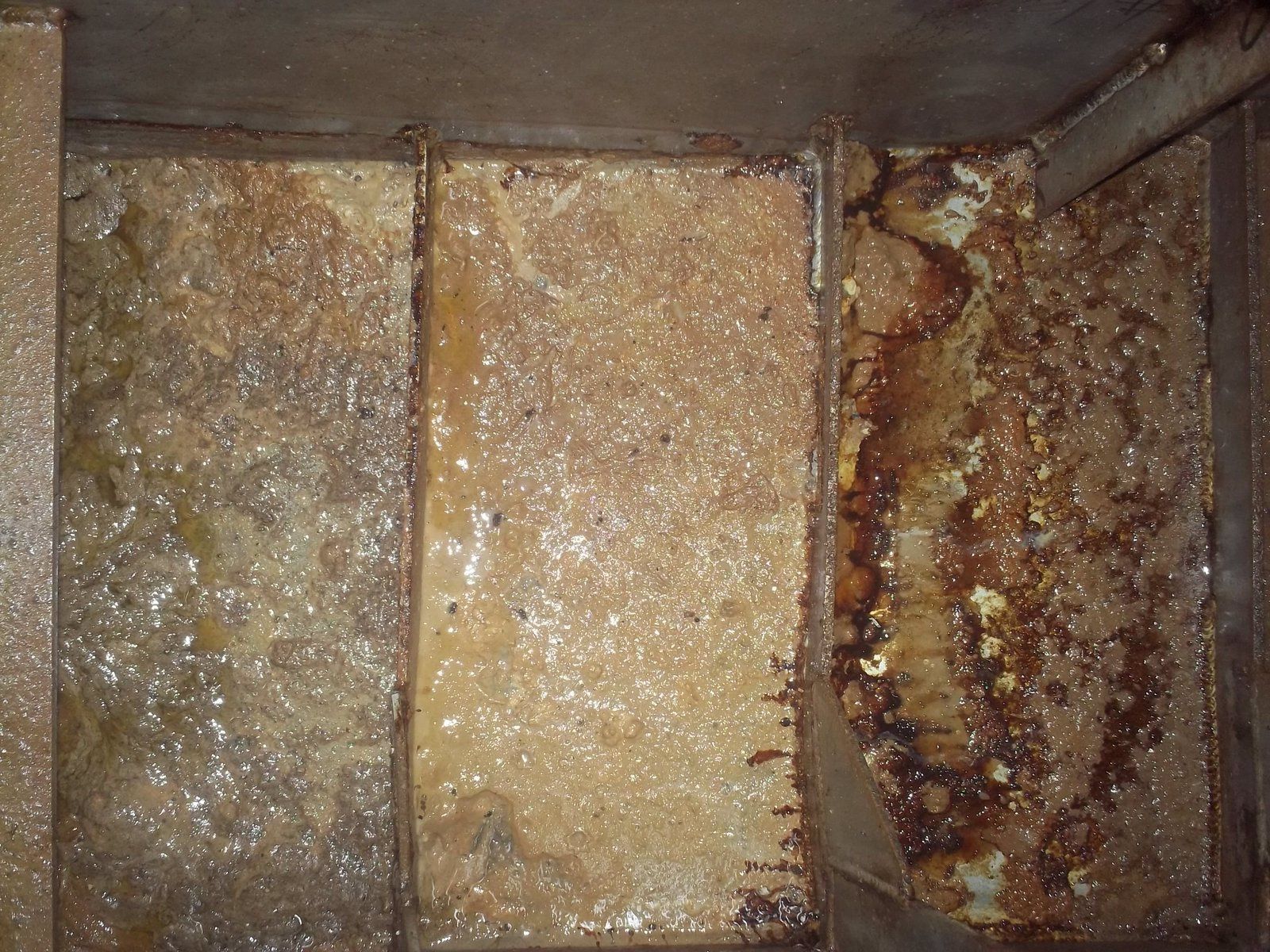Unfortunately we can't afford , even , a smallest Alfa Laval..
I think centrifugal is the best solution
https://www.alfalaval.com/globalass...c-filters-for-fuel-and-lubricating-oil-ti.pdf
Because look at what we found in the tanks when we cleaned them after purchased our trawler
Beurk !!


The thing about sludge as shown is that it is not going to go up the pickup tube, no matter how violently you can shake up your boat. That stuff is removable only by scraping it off the bottom of the tank.
In my own tanks, 41 years in, that is what I found. Mine was darker, but some of that could be an artifact of the photography. Mine was the consistency of peanut butter, or more like bondo, before the hardener is mixed in. No fuel polishing system presently available will affect it. You would need a pressure washer nozzle held within 6", in an empty tank, shooting a strong solvent. Leaving it alone, it seems inert, so will act more like a layer of insulation. It contains no water, likely nothing harmful.
I didn't think about saving any when I cleaned some of that from my tanks, but I was satisfied by the clarity of the fuel siphoned out of the tank, from as close as touching with the end of the siphon, that there was no mixing of that sludge with the fuel.
